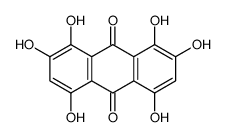81-61-8
| Name | quinalizarin |
|---|---|
| Synonyms |
1,2,5,8-tetrahydroxy-9,10-anthracenedione
Alizarinbordeaux 9,10-Anthracenedione, 1,2,5,8-tetrahydroxy- MFCD00001205 9,10-Anthracenedione,1,2,5,8-tetrahydroxy Alizarine Bordeaux B 1,2,5,8-Tetrahydroxy-9,10-anthraquinone Mordant Violet 26 Khinalizarin Alizarine Bordeaux C.I. Mordant Violet 26 Alizarin bordeaux B 1,2,5,8-tetrahydroxyanthracene-9,10-dione Quinalizarin 1,2,5,8-tetrahydroxyanthraquinone EINECS 201-366-6 |
| Description | Quinalizarin is a potent, selective and cell-permeable protein kinase CK2 inhibitor with an Ki of ~50 nM and an IC50 of 110 nM. Quinalizarin can induce apoptosis of certain cancer cells[1]. |
|---|---|
| Related Catalog | |
| Target |
CK2:~50 nM (Ki) CK2:110 nM (IC50) |
| References |
| Density | 1.8±0.1 g/cm3 |
|---|---|
| Boiling Point | 517.1±45.0 °C at 760 mmHg |
| Melting Point | 99 °C |
| Molecular Formula | C14H8O6 |
| Molecular Weight | 272.210 |
| Flash Point | 280.6±25.2 °C |
| Exact Mass | 272.032074 |
| PSA | 115.06000 |
| LogP | 5.18 |
| Vapour Pressure | 0.0±1.4 mmHg at 25°C |
| Index of Refraction | 1.815 |
| Storage condition | room temp |
CHEMICAL IDENTIFICATION
HEALTH HAZARD DATAACUTE TOXICITY DATA
MUTATION DATA
|
| Symbol |


GHS07, GHS09 |
|---|---|
| Signal Word | Warning |
| Hazard Statements | H302-H400 |
| Precautionary Statements | P273 |
| Hazard Codes | Xn,N |
| Risk Phrases | R36/37/38 |
| Safety Phrases | S26-S36 |
| RIDADR | UN 3077 9 / PGIII |
|
~% 
81-61-8 |
| Literature: DE60855 ; Fortschr. Teerfarbenfabr. Verw. Industriezweige, vol. 3, p. 198 Journal fuer Praktische Chemie (Leipzig), , vol. <2>43, p. 239 Chemische Berichte, , vol. 23, p. 3739 Justus Liebigs Annalen der Chemie, , vol. 349, p. 205 |
|
~% 
81-61-8 |
| Literature: Justus Liebigs Annalen der Chemie, , vol. 240, p. 301 |
|
~% 
81-61-8 |
| Literature: Journal of Organic Chemistry, , vol. 6, p. 732,747 Journal of Organic Chemistry, , vol. 7, p. 63,66 |
|
~% 
81-61-8 |
| Literature: DE63693 ; Fortschr. Teerfarbenfabr. Verw. Industriezweige, vol. 3, p. 201 Journal fuer Praktische Chemie (Leipzig), , vol. <2>43, p. 249 |
|
~% 
81-61-8 |
| Literature: DE161026 ; Fortschr. Teerfarbenfabr. Verw. Industriezweige, vol. 8, p. 256 |
| Precursor 8 | |
|---|---|
| DownStream 4 | |

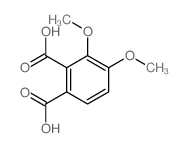
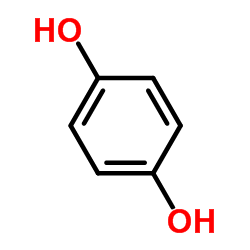
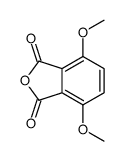
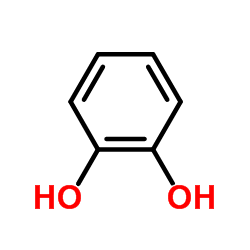
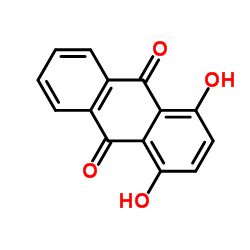


![5,8-bis[2-(dimethylamino)ethylamino]-1,2-dihydroxyanthracene-9,10-dione structure](https://image.chemsrc.com/caspic/111/69837-16-7.png)

